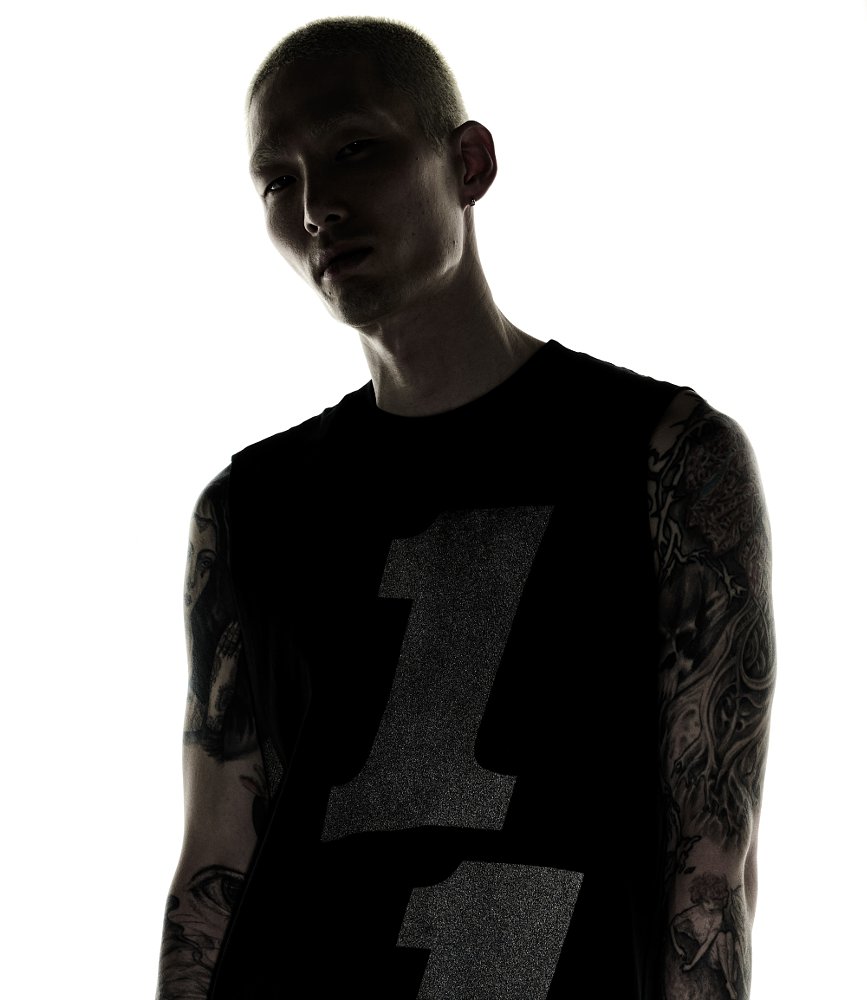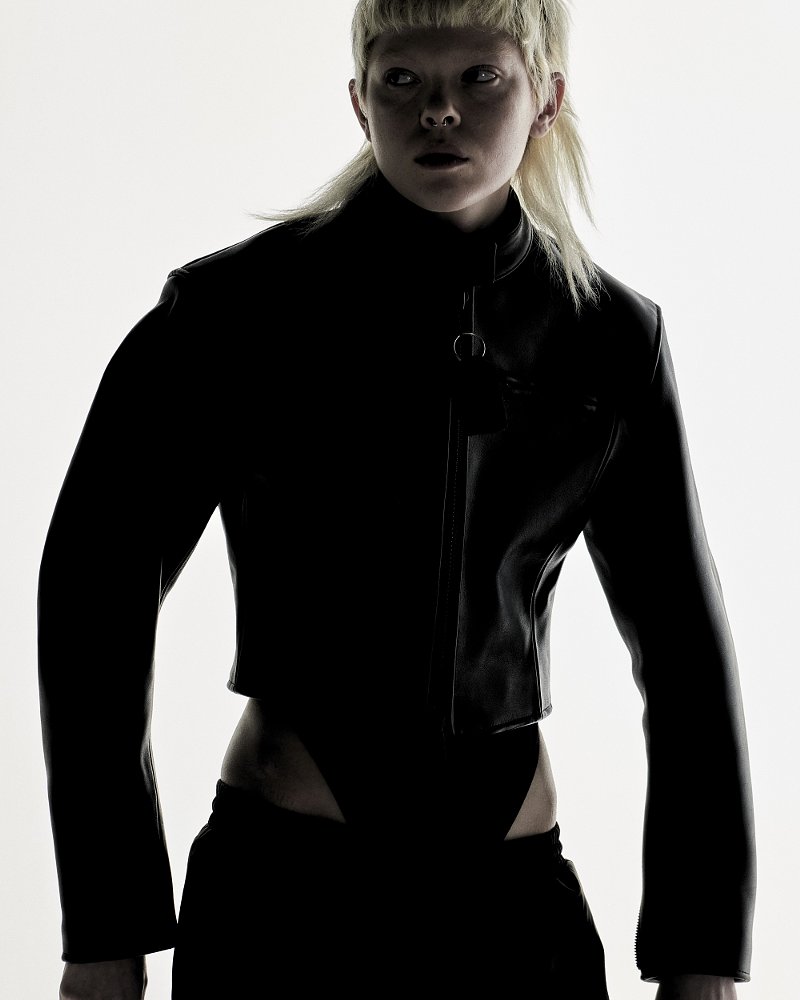I have to admit, when I first saw the news release from Harley-Davidson about their new fashion lines, I skipped right past it. Here at Common Tread, we're mainly about the motorcycles and the people who ride them, and of course we know a lot about the technical gear that keeps us comfortable and safer as we ride. But anyone who has seen my closet knows I'm clueless about fashion.
But then I took another look. And I think there's more to this announcement than just some T-shirts and jackets with eye-watering prices. (And it seems we will have eye-watering prices. Though the collection won't be available until March, other reports are talking about T-shirts costing $95 and leather jackets far into the four-figure dollar range, and I strongly suspect they won't include the latest CE-approved armor, either.)
Three new lines of apparel from Harley-Davidson

So how does designer clothing fit in at "The Motor Company"?
Sales growth, profit growth, desirability growth
Harley-Davidson has known for a couple of decades that it had to evolve. Even back as far as the introduction of the V-Rod, new products were driven by the realization that the company's "core customers," middle-aged white guys, were only going to buy so many more motorcycles.
Under former CEO Matt Levatich, that evolution was pursued in what might be considered a conventional growth strategy. There was a lot of outreach to women and minority customers, a focus on expanding sales outside the United States, and the introduction of more accessible models, such as the lower priced Street line. But after Levatich was ousted and Jochen Zeitz took over as CEO, the direction shifted 180 degrees. Now the focus is on selling fewer motorcycles at higher prices and greater profit margins, pulling out of all but the most profitable foreign markets, and constantly repeating the phrase "most desirable motorcycle brand in the world."

The Harley-Davidson brand has been considered a valuable asset for so long that nobody really questions it any more (cue the old cliché about the only brand people get as tattoos). But the allure of the H-D brand among younger people is on more uncertain footing, in my opinion. Maybe the real benefit of these new fashion lines is the potential to make the Harley-Davidson brand more desirable (that word again) among young people, whether they want to buy a motorcycle now, maybe later, or even never.
These new clothing lines will probably only add fresh fuel to the old and often-repeated misinformation that "Harley makes more money selling T-shirts than motorcycles." But I see this move as about more than directly making money with clothing sales.
The two bigger questions may be: Can this incursion into fashion be the next step in pursuing the company's true goal, desirability? And can the brand get so desirable that not enough people can afford it any more?

 Membership
Membership




